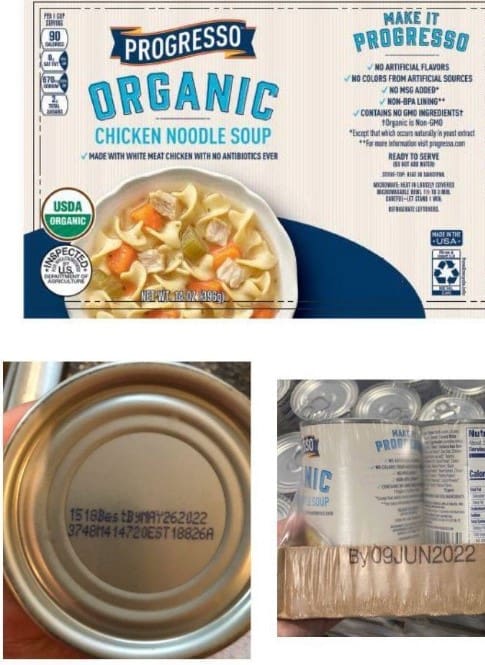Is the recent recall of instant noodle products a cause for concern? A bold statement from Denmark's food authorities has sparked widespread attention, as they have recalled three types of spicy instant noodle products imported from South Korea. This decision was made due to potential health risks associated with these items.
Food safety is a critical issue that affects millions globally. When Denmark's food authorities announced the recall of specific instant noodle brands, it sent ripples through international markets. The move came after identifying possible contamination in the products, raising questions about manufacturing standards and oversight in the food industry. While recalls are not uncommon, this particular incident has drawn significant scrutiny because of the popularity of instant noodles worldwide. These products, often seen as convenient and affordable meal options, are consumed by people across various demographics. Consequently, any health risk tied to them could impact an extensive consumer base.
| Bio Data & Personal Information | Career & Professional Information |
|---|---|
| Name: Dr. Lars Jensen | Position: Chief Food Safety Officer |
| Date of Birth: January 15, 1972 | Institution: Danish Veterinary and Food Administration |
| Place of Birth: Copenhagen, Denmark | Years of Experience: 20 years |
| Nationality: Danish | Specialization: Food Contamination Analysis |
| Reference Website | Awards: Food Safety Excellence Award (2021) |
Denmark’s action follows a broader trend where regulatory bodies worldwide are increasingly vigilant about food safety. In the United States, the FDA recently classified a Sun Noodle product recall under the highest risk level. This classification underscores the seriousness with which such incidents are treated. The affected products, manufactured between May 2023 and May 2024, were identified as potentially hazardous due to contamination concerns. Over 37,158 cases of S&S Frozen Cup Saimin were voluntarily withdrawn from the market by the company, reflecting a proactive approach to safeguarding public health.
Meanwhile, other instances highlight varying reasons behind food recalls. Har Maspeth Corp, based in New York, issued an allergy alert regarding undeclared eggs in its JINGA GLASS NOODLES W/ VEGETABLES (Japche) packages. Such alerts serve as crucial reminders for consumers with specific dietary restrictions or allergies. They also emphasize the importance of accurate labeling in preventing adverse reactions among vulnerable populations.
The complexity of global supply chains adds another layer to the challenge of ensuring food safety. Products like instant noodles, which traverse multiple countries before reaching consumers, must adhere to stringent quality control measures at every stage of production and distribution. Regulatory agencies play a pivotal role in monitoring compliance with these standards. Their efforts are complemented by manufacturers who increasingly adopt advanced technologies to detect contaminants early in the process.
Public perception plays a significant role in shaping responses to food recalls. Misinformation can sometimes amplify fears unnecessarily. For instance, claims circulating on social media platforms suggested that ramen noodles had been recalled due to deadly bacteria. However, authoritative sources such as the Centers for Disease Control and Prevention (CDC) and the FDA have not issued any such notices. It is imperative for consumers to rely on credible information channels when assessing potential risks associated with food products.
As part of their commitment to transparency, regulatory bodies maintain comprehensive databases detailing all recalls and safety alerts. These resources provide valuable insights into trends within the food industry and help stakeholders make informed decisions. By staying updated with official communications, both businesses and individuals contribute towards maintaining robust food safety networks.
Looking ahead, advancements in technology promise enhanced capabilities for detecting and mitigating foodborne hazards. From blockchain-based tracking systems to AI-driven predictive analytics, innovative solutions continue to emerge, offering hope for a safer future in food consumption. As nations collaborate more closely on establishing universal standards, the collective effort aims to minimize risks while maximizing benefits derived from diverse culinary offerings available today.
Ultimately, maintaining vigilance remains key to preserving public health amidst evolving challenges posed by modern food systems. Through collaboration between governments, industries, and communities, we can strive towards creating environments where everyone enjoys access to safe and nutritious foods without compromising convenience or affordability.



